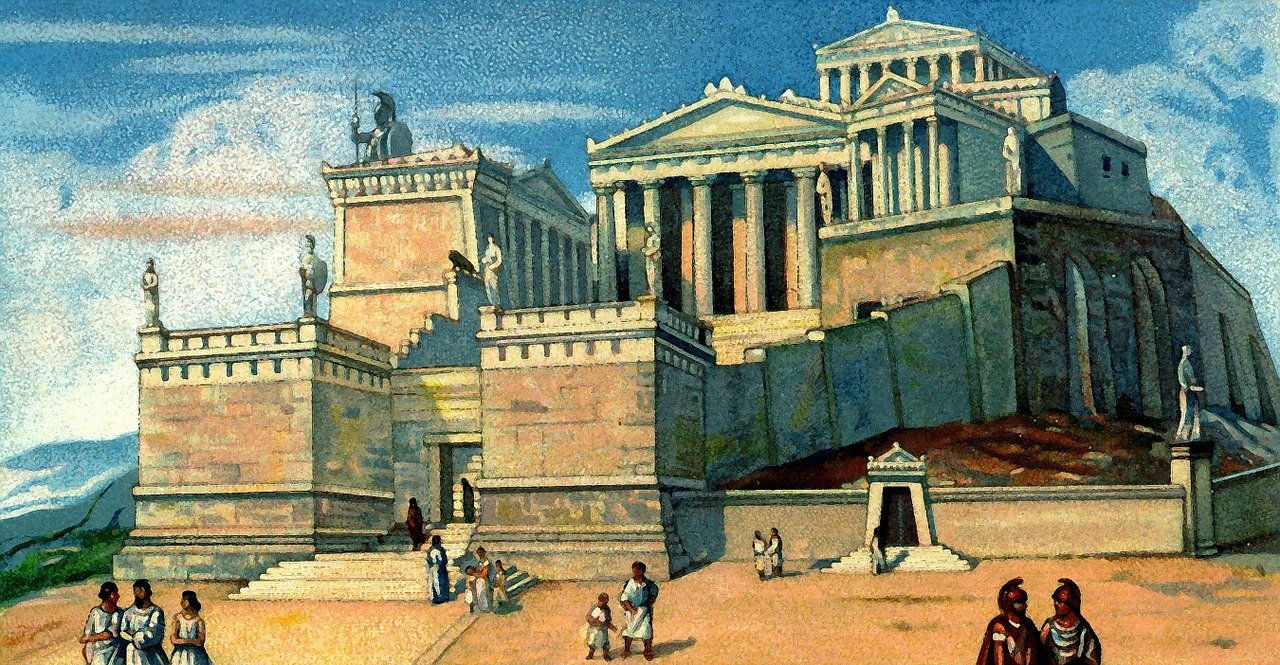Many ancient civilisations had their own calendrical systems. Of these, the Greek calendar is most likely the most confusing. The Greek Calendar is much like ancient Greece itself. It shared a certain basic similarity from region to region, but each city-state kept its own version. All the Greek calendars were lunisolar (based on the sun and moon) and shared the same basic features of the other lunisolar calendars: twelve months, with a periodic intercalation of a thirteenth.
The Athenian calendar is the best known and most intensively studied. The Athenian months were named Hekatombion, Metageitnion, Boedromion, Pyanepsion, Maimakterion, Poseidon, Gamelion, Anthesterion, Elaphebolion, Munychion, Thargelion, and Skirophorion. The intercalary month usually came after Poseidon and was called the second Poseidon. Hekatombion, and hence the beginning of the year, fell in the summer. Other Greek regions started their year at different times (e.g., Sparta, Macedonia in fall, Delos in winter).
For the historian inclined towards tidy orderliness, the regrettable fact is that the Athenians were simply unwilling to stick to a completely regular calendar, which makes reconstruction difficult. Their irregularity was not from a lack of astronomical knowledge. In 432 BCE, the Athenian astronomer Meton instituted his 19-year cycle, fixing regular intercalations (whether Meton got this cycle from Babylonia or discovered it himself is not known). From that point, a small group of Greek astronomers used the Metonic cycle in their calculations, but this should be regarded as an astronomer’s ideal calendar. Abundant epigraphical evidence demonstrates that in the civil calendar, while the archons inserted approximately the correct number of intercalary months over the long term, the specific corrections were somewhat arbitrary, as the archons saw fit. This irregularity doesn’t really affect the long-term workings of the calendar, but it does make things very confusing when trying to establish a precise date for an event.
source polysyllabic.com
also read
280 new vehicles added to the Greek police force (photos)
Shocking photo of old woman in Euboea fires on cover of Time magazine
Ask me anything
Explore related questions





